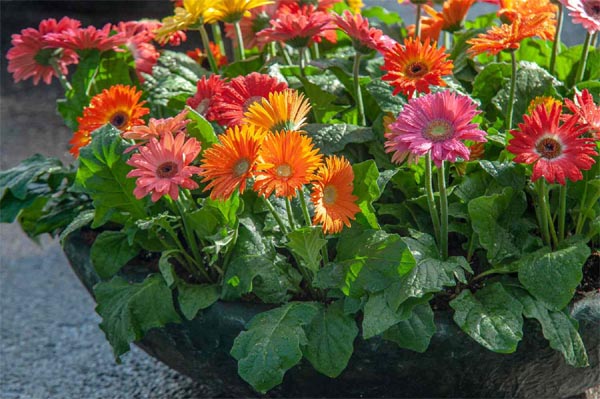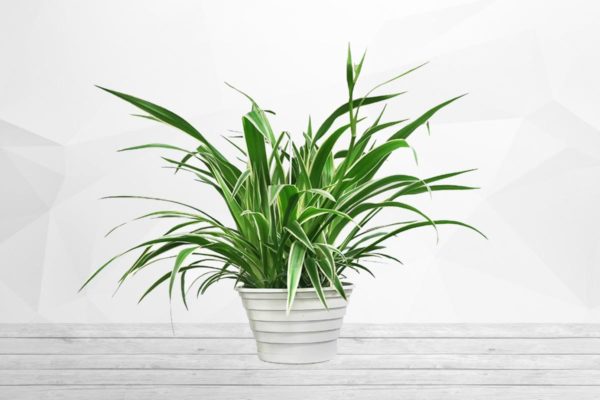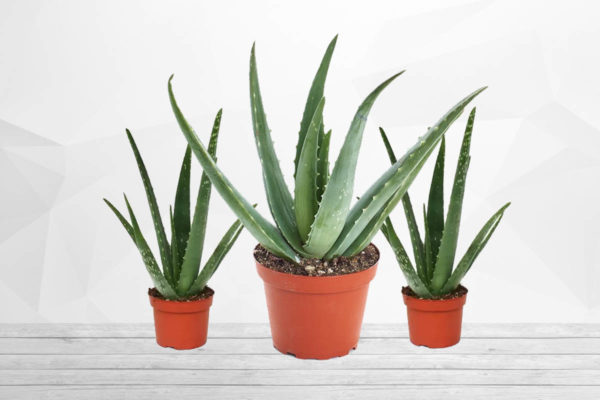Blogs
Bamboo Palm (Chamaedorea seifrizii)
- Bamboo palms are excellent at removing indoor air pollutants, especially formaldehyde.
- They prefer indirect sunlight and regular watering.
Also Read This : Plants whose leaves change colour over time?
Gerbera Daisy (Gerbera jamesonii)
- Gerbera daisies not only brighten up your space with colourful blooms but also remove benzene and trichloroethylene.
- Please keep them sunny and water when the soil feels dry.

Also Read This : Power of Beetroot Peels: A Guide to Using Them as Natural Fertilizer
Areca Palm (Dypsis lutescens)
- Areca palms are known for their air-purifying capabilities, particularly for removing formaldehyde and toluene.
- They thrive in bright, indirect light and need regular watering.













